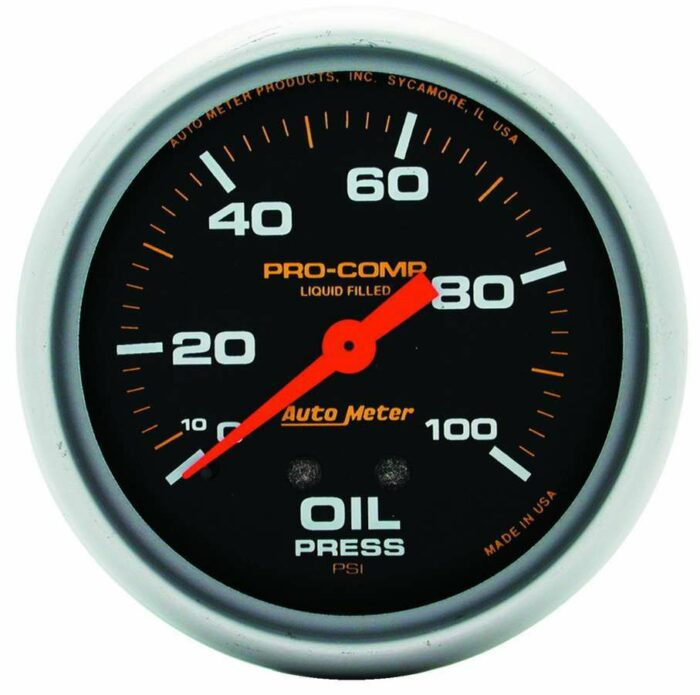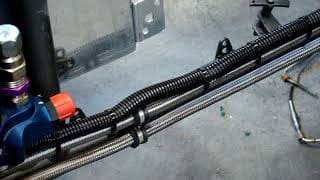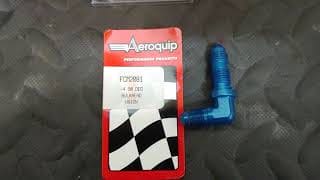Introduction to cornering
Cornering is a fundamental aspect of driving, particularly in high-performance or racing scenarios. It involves the ability to navigate a vehicle around a curve or bend in the road while maintaining optimal speed and control. The art of cornering is not just about the driver’s skill, but also about the mechanical aspects of the vehicle. The way a car is designed and built has a significant impact on its ability to corner effectively.
One of the key mechanical factors that influence a car’s cornering ability is its suspension system. The suspension system is a complex assembly of components that work together to absorb shocks, maintain tire contact with the road, and manage the dynamics of the car during cornering. A well-designed and well-maintained suspension system can significantly enhance a car’s cornering performance.
This article will explore the intricate relationship between suspension modifications and improved handling, particularly in the context of cornering. We’ll delve into the mechanics of suspension systems, the role they play in cornering, and how various modifications can enhance a car’s performance. Whether you’re a casual driver or a car enthusiast, this article will provide valuable insights into the world of car suspension and cornering.
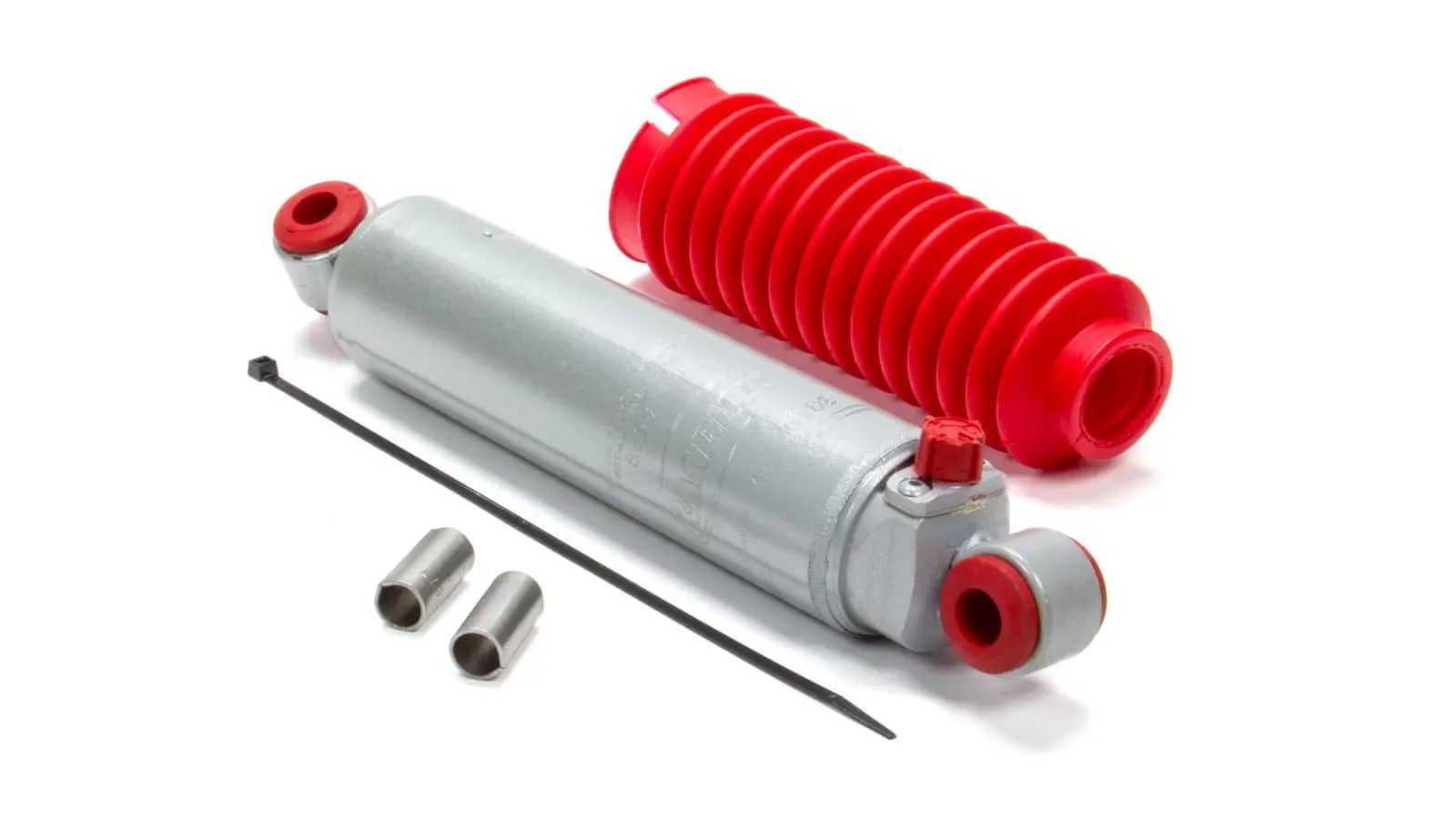
Understanding Suspension Systems
The suspension system of a car is a complex assembly of components that includes springs, shock absorbers, and struts, among others. These components work in harmony to perform several critical functions. They absorb shocks and vibrations from the road, ensuring a smooth and comfortable ride. They help maintain constant contact between the tires and the road, which is crucial for control and stability.
The suspension system also plays a pivotal role in handling the dynamics of the car when it is cornering. When a car corners, the suspension system helps manage the forces acting on the car, such as the centrifugal force that tries to push the car away from the curve. By adjusting the car’s ride height and damping, controlling the body roll, and ensuring that the tires maintain optimal contact with the road, the suspension system helps the car maintain control and stability during cornering.
Understanding the workings of the suspension system is crucial for anyone interested in improving their car’s cornering performance. By knowing how each component of the suspension system contributes to the car’s overall performance, you can make informed decisions about what modifications might be beneficial. In the next section, we’ll delve deeper into the role of the suspension system in cornering.
The Role of Suspension in Cornering
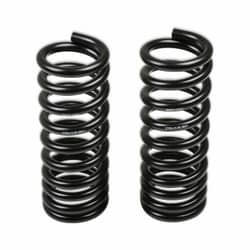
When a car is cornering, it is subjected to several forces. One of these is the centrifugal force, which acts outwardly from the center of the curve and tries to push the car away from the curve. The suspension system plays a crucial role in managing these forces and maintaining the stability and control of the car. It does this by adjusting the car’s ride height and damping, controlling the body roll, and ensuring that the tires maintain optimal contact with the road.
Without a well-functioning suspension system, a car would struggle to maintain control during cornering, leading to a higher risk of accidents. The suspension system helps to counteract the centrifugal force, keeping the car on its intended path. It also helps to manage the weight transfer that occurs during cornering, ensuring that the car remains balanced and stable.
In addition to managing the forces acting on the car, the suspension system also contributes to the driver’s comfort during cornering. By absorbing the shocks and vibrations from the road, the suspension system provides a smoother and more comfortable ride. This not only enhances the driving experience but also allows the driver to maintain better control over the car.
Common Suspension Modifications for Improved Cornering
Several modifications can be made to a car’s suspension system to enhance its cornering performance. These include installing stiffer springs, which reduce body roll during cornering, allowing for better control and stability. Performance shocks can be added to improve the car’s damping characteristics, thereby enhancing grip and stability.
Strut braces can be installed to stiffen the car’s chassis, reducing flex and improving handling. And finally, sway bars can be added to reduce body roll and improve balance and stability in corners. Each of these modifications contributes to better cornering performance by improving the car’s stability and control during high-speed maneuvers.
By understanding how each of these modifications works and how they contribute to improved cornering performance, you can make informed decisions about which modifications might be most beneficial for your car. Remember, though, that any modifications should be carried out by a professional to ensure safety and compatibility with your vehicle.
Case Study: Suspension Modifications in Action
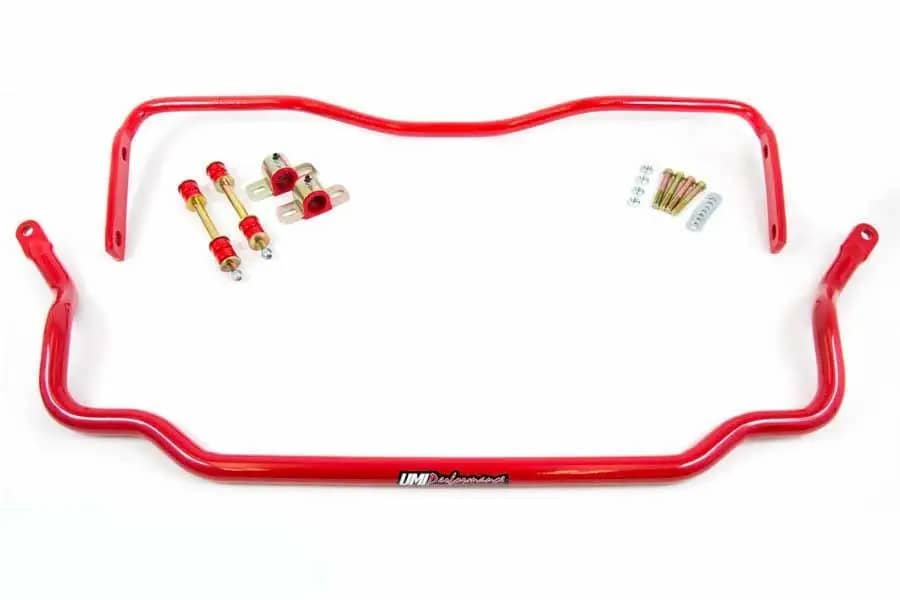
To illustrate the impact of suspension modifications on cornering performance, let’s consider a real-world example. The Subaru WRX STI is a sports car renowned for its exceptional handling, largely due to its advanced suspension system. By upgrading to performance shocks and stiffer springs, the WRX STI can corner at high speeds with minimal body roll.
The addition of strut braces and sway bars further enhances its cornering performance, making it a favorite among car enthusiasts and professional drivers alike. This case study demonstrates the significant impact that suspension modifications can have on a car’s cornering performance. It also highlights the importance of professional installation and tuning to ensure optimal performance and safety.
By studying real-world examples like this, you can gain a better understanding of how suspension modifications work in practice. You can also learn about the potential benefits and challenges associated with different types of modifications. This knowledge can be invaluable when deciding what modifications to make to your own vehicle.
Here is an article covering 3 Tips For Using Truck Lift Kits. This post discusses What Shock Length Will I Need? This article is What Are The Most Important Upgrades You Can Do To Your Car?
Conclusion
Mastering the art of cornering is not just about driver skill – it’s also about the mechanical setup of the car. Suspension modifications can significantly enhance a car’s handling and cornering performance, transforming the driving experience from ordinary to extraordinary.
Whether you’re a casual driver or a car enthusiast, understanding the role of suspension in cornering and investing in the right modifications can take your driving experience to a whole new level. Always remember to consult with a professional before making any modifications to your vehicle to ensure safety and compatibility.
In conclusion, suspension modifications are a powerful tool for enhancing a car’s cornering performance. By understanding how these modifications work and how to implement them correctly, you can significantly improve your car’s handling and enjoy a more exciting and satisfying driving experience. Happy driving! 🚗💨
Top 10 Subjects For Performance Parts
- Boost Your Engine: Best Performance Parts for Increasing Horsepower
- Sound and Power: How Performance Exhaust Systems Affect Car Performance
- Stopping Power: Benefits of Upgrading to Performance Brakes
- Breathe Better: Choosing the Best Value Performance Air Intake Systems
- Cornering Mastery: How Suspension Modifications Improve Handling
- Grip and Rip: What to Look for When Choosing Performance Tires
- Fuel Matters: Performance Parts for Diesel vs. Gasularine Engines
- Perfect Fit: Ensuring Compatibility of Performance Parts with Your Vehicle
- Stay Legal: Considerations for Installing Performance Parts
- Seeing the Difference: Measuring Improvements from Performance Parts

